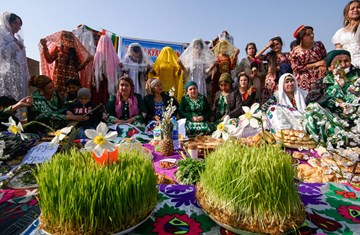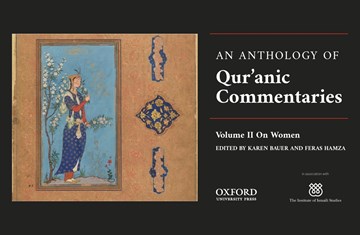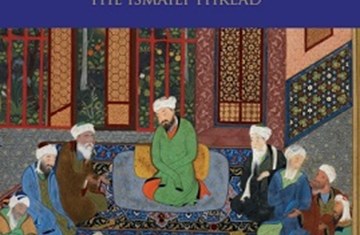New Publication Examines the Persian Ismaili Community in the Aftermath of the Mongol Invasions
During the 13th century, the Persian-speaking lands, extending from Central Asia to Iraq, were devastated by a series of Mongol invasions. Their movement from the inner steppes of Asia resulted in the massacre and displacement of many communities, including the Ismaili Muslims of the region. The fall of the chief Ismaili fortress of Alamut in 1256, followed by the destruction of some two hundred other strongholds, brought to an end the territorial independence of the Ismailis in Persia. Contrary to the belief that the community was virtually eliminated, Ismailis in Persia survived the Mongol onslaught, together with the basic infrastructure of their religious organisation, the da‘wa.
After providing an overview of the development of the Ismaili da‘wa in the historical context, the author explores how this organisation enabled the Persian Ismailis to maintain their religious identity and the cohesion of their community in difficult times. Basing her analysis principally on the works of the poet and da‘I, Nizari Quhistani (d. 1320), and in particular his Safarnama, Nadia Eboo Jamal demonstrates the continuity of the Ismaili tradition in Persia through the era of Mongol rule.










